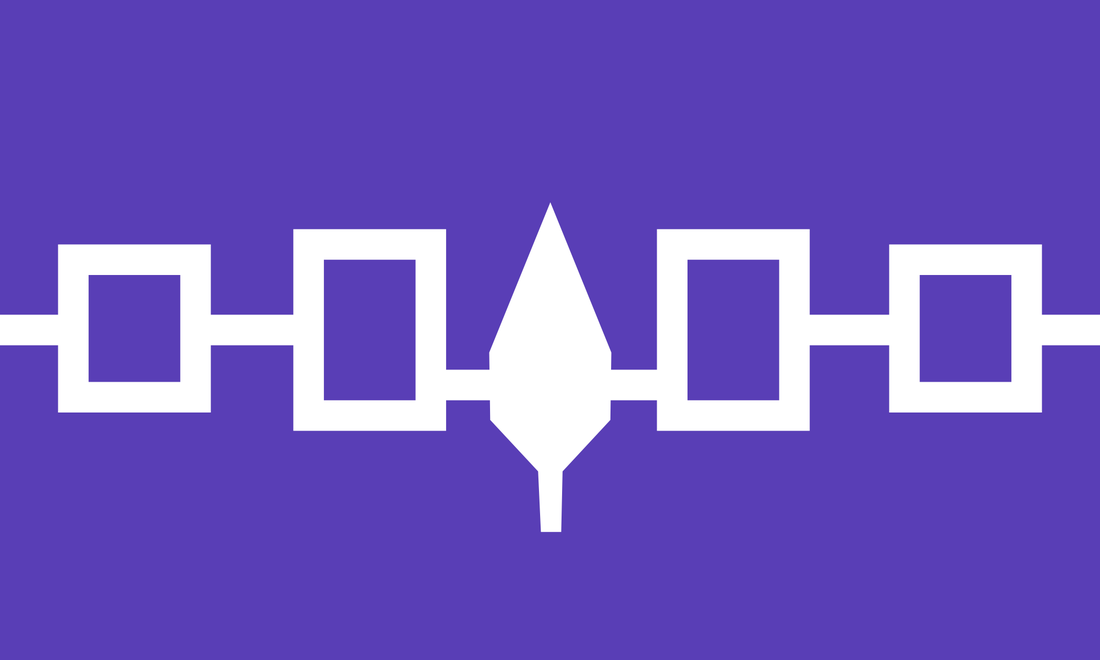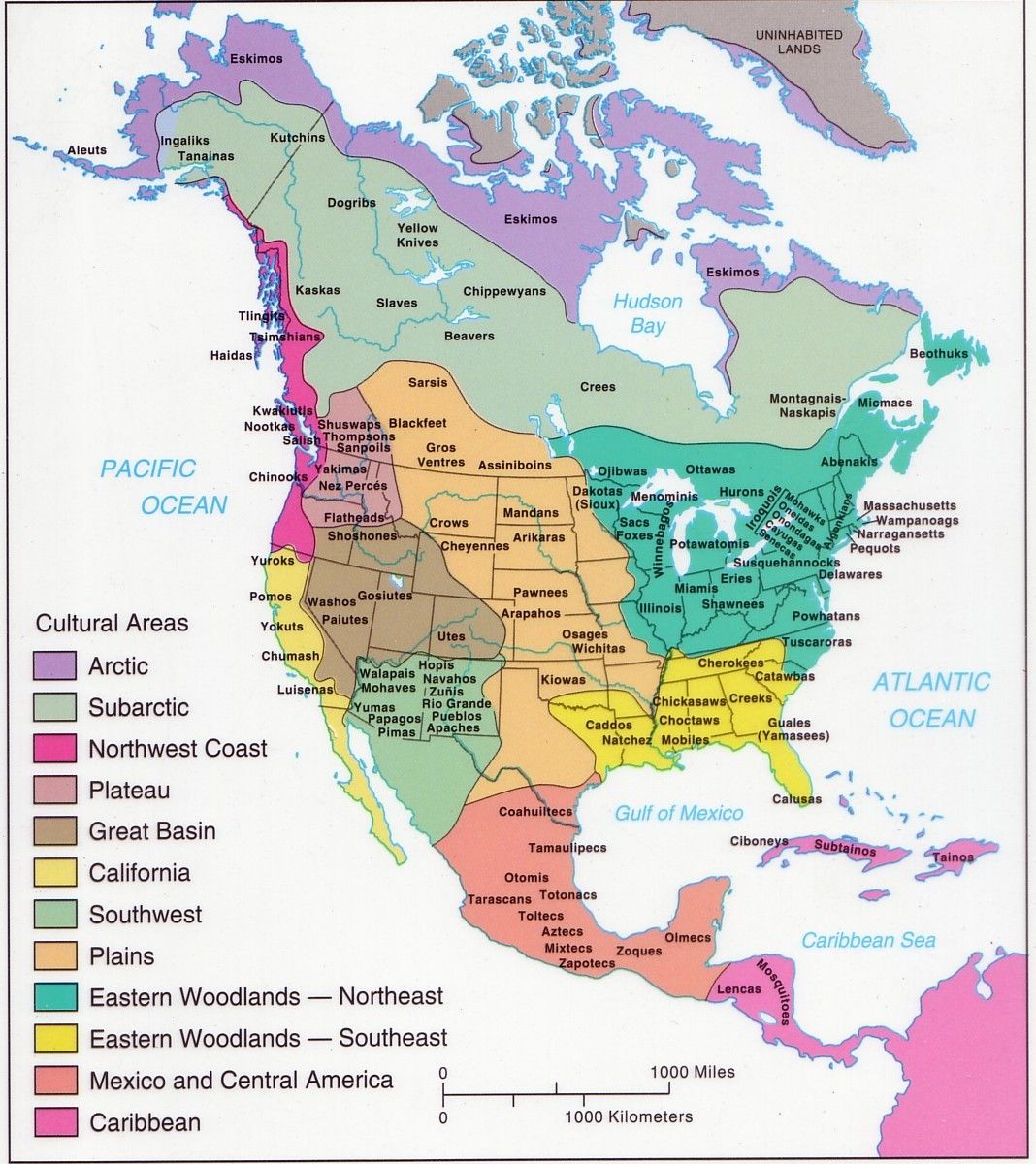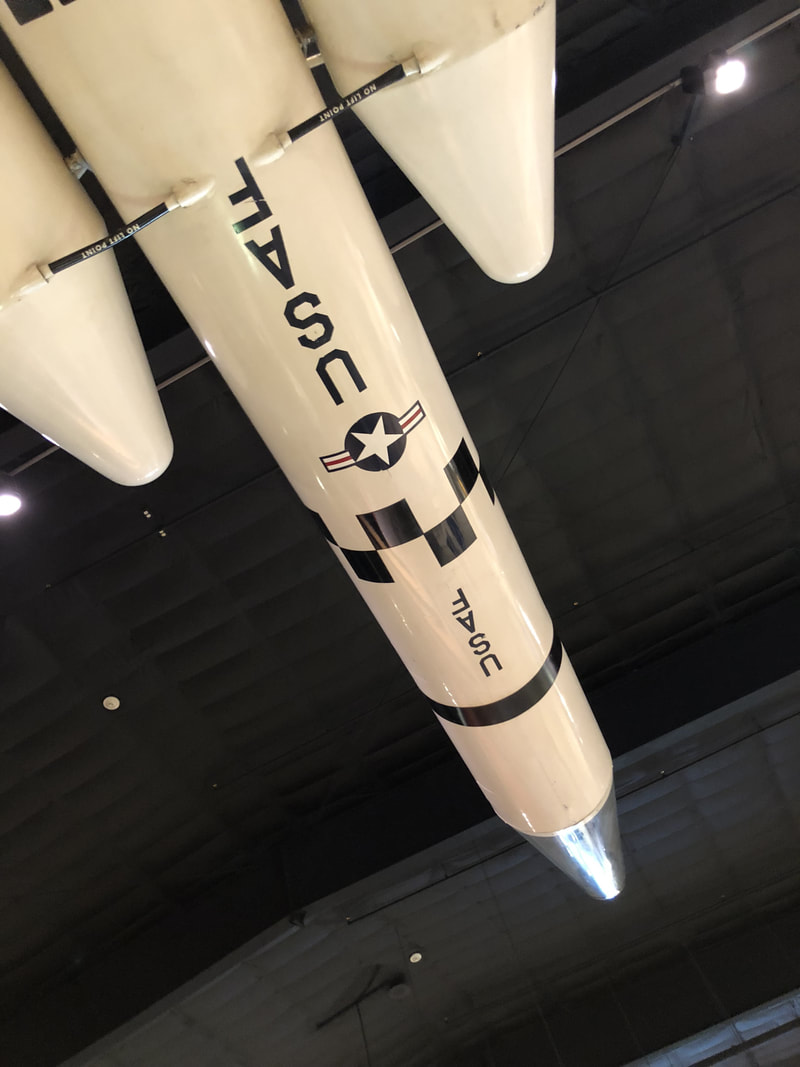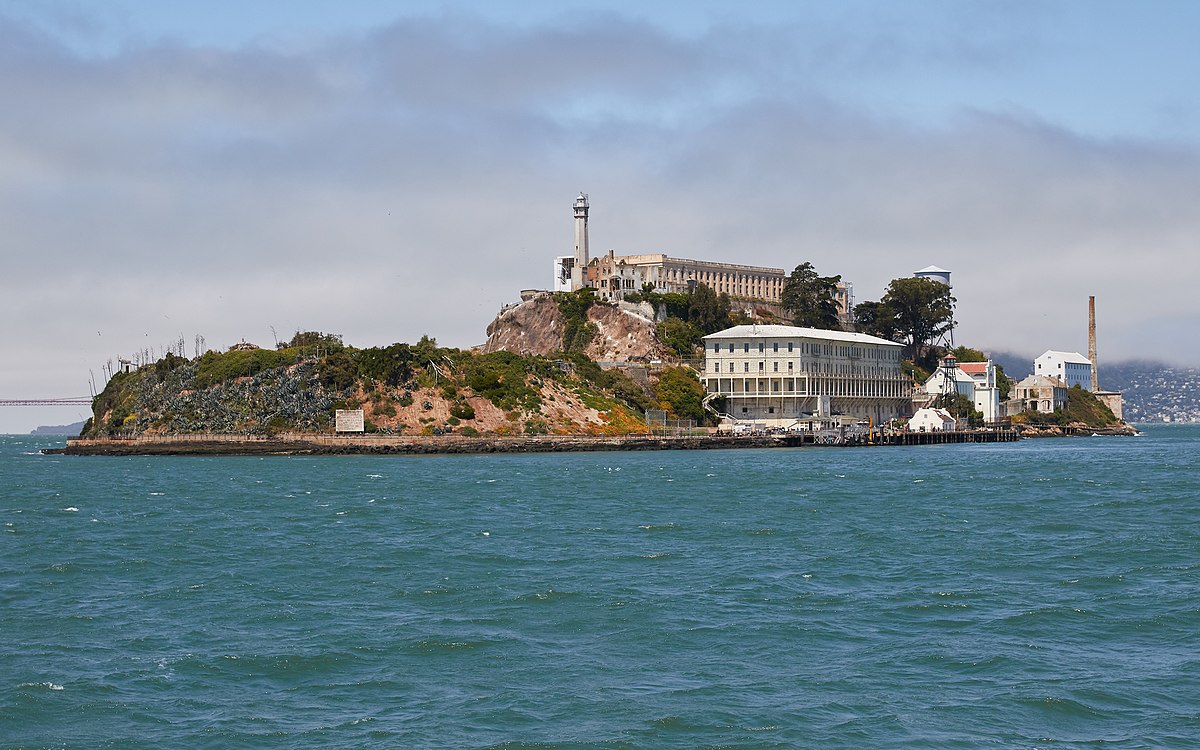Investigate the World
11th Grade Summer Project English
For our English class, we were assigned to research for our summer project and created a series of SOAPSTones over articles we put together with regards to Native Americans, and opposing views on different issues. This project fits within the pillar of "Investigate the World", as it forced me as a person to delve deeper into issues that I had either dismissed or missed entirely. By SOAPSToning, I also took away more information about the event/issue than would otherwise have happened. Furthermore, the summer project supported the concept of the pillar, in that it forced us as individuals to seek out and analyze topics that are fairly underrated within our world as a whole.
For our English class, we were assigned to research for our summer project and created a series of SOAPSTones over articles we put together with regards to Native Americans, and opposing views on different issues. This project fits within the pillar of "Investigate the World", as it forced me as a person to delve deeper into issues that I had either dismissed or missed entirely. By SOAPSToning, I also took away more information about the event/issue than would otherwise have happened. Furthermore, the summer project supported the concept of the pillar, in that it forced us as individuals to seek out and analyze topics that are fairly underrated within our world as a whole.
| summer_project_2017.pdf |
|
Iroquois Confederacy
In English we read and annotated an abridged version of the centuries old Iroquois Constitution, an oral document predating Columbus which details the agreement set forth by the 5 tribes who would end up making up the original backbone of the Confederacy. This reading fits within the pillar of Investigating the World because it grants us a small glimpse as to the nature of native government and society in a way that extends beyond eye-witness reports from whites in the region. Contrasting with stereotypes of pre-Columbian native society, the Constitution details legal intricacies and bureaucratic functions mores closely resembling that of a modern nation-state than that of a pre-modern, pre-literate society isolated in the Northeastern corner of a ill-connected continent. The actual annotation of the Constitution also serves the purpose of Investigating the World, having us analyze the text so we may better comprehend the content and context of the reading, giving us insight into a government blueprint so similar yet so different from our own. |
|
APUSH Summer Project
Before we started the year, we were assigned an APUSH summer project consisting of two parts: taking of lengthy American YAWP notes to contextualize American history, and a detailed map similar (but very different) to this one, drawing and labeling a precolonial America. This project fits within the pillar of Investigating the World because it was the first experience we had in exploring US history, in a light that goes beyond simple history, ala "1492, Columbus sailed the ocean blue". The map especially was insightful in this regard, quite literally painting the picture that the "New World" was far from new, and rather had its own long and important history. Furthermore, notes on American YAWP that were taken also support the concept of the pillar, in that they had us delve deeper into the background of American history, at a level most of us had not experienced up to that point. General yet specific, YAWP did its job well in having us absorb new information about the World. The YAWP also addresses my overarching question in that it details early contact and conflict between natives and Europeans, with emphasis on Anglo and Dutch, with the former desiring to push West for profit/purity and the latter making ludicrous land deals with natives, scalping them out of land, two trends to continue in American history. |
|
Navajo Miners
For physics and in New Mexico, we learned about the atomic bomb process and the history surrounding the event, in particular the Navajo contribution to Uranium mining. This crash course on science/history fits within the pillar of Investigating the World, as it presents us a side of history that we would not necessarily imagine given how the dramatic story of the Atomic Age concerns the white American populace overwhelmingly. Navajo contributions to the nuclear bomb are significant but prior to this trip, were practically unknown to me. Furthermore, the trip to the museum itself fits within the pillar, as it allows us to investigate an important part of science and history that is often ignored by our contemporary or at worst, misinformed as to the nature of the bomb. This source addresses my overarching question in that it details how the Navajo have taken to rejecting the material wealth that would flow from Uranium mines in favor for maintaining the serenity of their homeland, very different values from that of the general populace. |
|
To the Great White Father
In APUSH we read the proclamation of the Indians of All Tribes who occupied Alcatraz and wrote notes on the social aspects that lead to and were addressed in the Proclamation. This reading fits the pillar of Investigating the World, as it gave us an example of a Civil Rights action that is often not talked about or gets drowned out by the other major movements. The occupation itself is an important milestone regarding the rights of Native Americans and along with Wounded Knee '73, was one of the defining events for Native Civil Rights in the later 20th century. Furthermore, the notes and questions supported the concept of the pillar in that they had us look into the background of the issue that was portrayed in the proclamation, while also having us think of the true message of the proclamation. The source addresses my overall question in a fairly straightforward manner: the natives who were behind the occupation were rejecting the White greed that had come to dominate their lives, as their lands were both considered worthless and also valuable enough to steal, a standard that the natives refused to tolerate any longer. |




